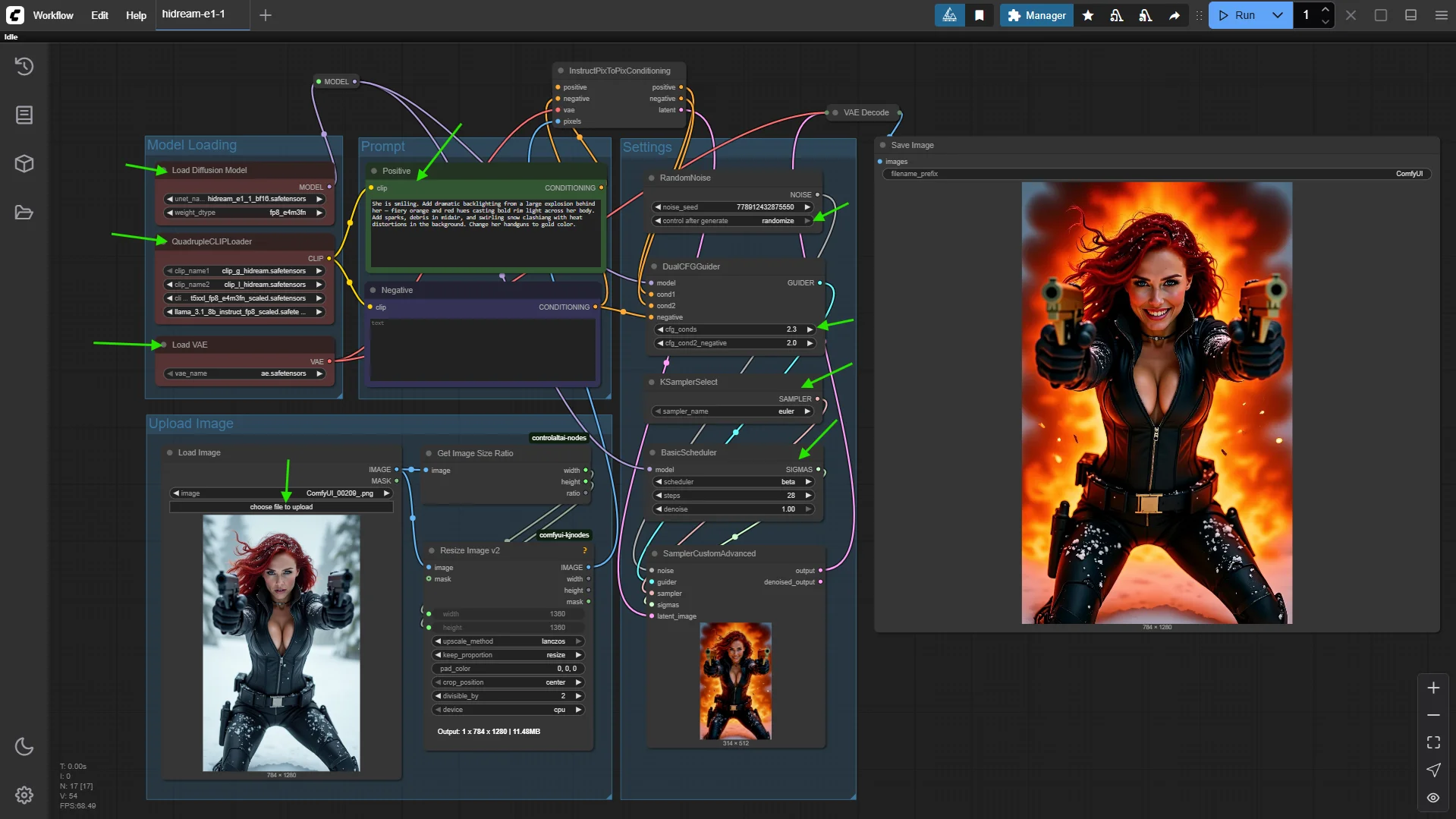HiDream E1.1 Shakes Up AI Image Editing with Open Source Release and Advanced Features

HiDream E1.1 Shakes Up AI Image Editing with Open-Source Release
Unveiling a New Standard in Digital Creativity
A recent headline marks a pivotal moment in the evolution of artificial intelligence for image manipulation: HiDream, a dynamic tech company from China, has unveiled its latest innovation—an advanced image-editing network, E1.1, now available with openly distributed parameters. This significant move positions the tool within the top echelon of generative visual technology, drawing global attention from creators, industry analysts, and machine learning researchers alike.
With the introduction of E1.1, HiDream is championing not only technical capability but also accessible innovation. The system employs sophisticated neural methods to interpret digital images, enabling high-fidelity transformations—from subtle retouching and color rebalancing to seamless integration of novel scene components. By making its underpinnings available to the public, the organization is driving forward the ethos of collaborative development, while simultaneously spurring breakthroughs in photo editing and creative automation.
The Technical Edge: Performance and Versatility
A thorough assessment within one of the most respected benchmarks for text-guided pictorial creation has solidified E1.1 as a leading force. It performed on nearly equal footing with the highly acclaimed FLUX.1 Kontext Max and Pro, both of which are recognized for their unparalleled accuracy and adaptability in translating written cues into sophisticated visuals. This achievement surpasses previous public versions, signaling a distinct leap in model effectiveness and reliability.
E1.1 distinguishes itself through dynamic resolution support. This capability allows users to process images of varying complexities and dimensions without sacrificing the clarity or essential details. The model’s architecture is optimized for both speed and precision, integrating enhancements like superior denoising, intuitive cropping, and impressive scene transformation. Discerning users, from hobbyists to design professionals, benefit from naturalistic retouching, artistic style transfers, and consistent output—removing barriers traditionally encountered in AI-powered media workflows.
Empowering the Community: Open Collaboration and User Experience
At the core of E1.1’s impact lies its open distribution. By offering public access to the full weighting underlying its neural structure, HiDream invites both academic research and commercial adaptation. The freedom to inspect, adapt, and deploy the network enables deeper experimentation and empowers developers to craft tailored solutions for niche markets and specific creative tasks.
For those eager to test its prowess, E1.1 is operational via prominent computational platforms. Accessibility remains a central principle, although enthusiastic uptake sometimes results in long queues during peak usage, highlighting a robust demand from a fast-growing user base. The availability also fosters high transparency, as practitioners can verify outcomes and iterate without licensing restrictions or technical obscurities.
Methodological Highlights and Industry Significance
What sets E1.1 apart is the seamless blend of algorithmic innovation with pragmatic utility. Its modeling integrates advanced attention-based techniques, adaptive prompt sensitivity, and enhanced compositional reasoning—resulting in an intuitive user interface that conceals considerable technical depth beneath straightforward controls. The edit prompts allow for transformations such as adjusting lighting effects, reshaping elements, or introducing new objects, all rendered with a remarkable sense of realism.
The new release aligns with a broader movement toward open, reproducible science in the field of synthetic media. As digital artists and engineers increasingly demand reliable, distortion-free upscaling and comprehensive retouching, E1.1’s emergence is poised to influence both the methodology and the business dynamics of automated imagery. Analysts anticipate that this architecture will inspire a wave of competitive advancement, as transparency and flexibility become integral to user expectation in next-generation design tools.
Looking Ahead: Potential and Participation
E1.1’s journey is just beginning, with continued development predicted as feedback from early adopters shapes subsequent updates. The convergence of high performance, publicly available code, and strong ranking in independent trials places HiDream at a vanguard of technical progress while fostering global dialogue about the future of machine-driven image creation.
As open platforms and collective resource sharing gain momentum, HiDream’s initiative with E1.1 stands as a blueprint for driving advancements in automated visual editing. Creative professionals, technical engineers, and digital enthusiasts now have in their hands a powerful tool—built for transformation, grounded in transparency, and responsive to the fast-changing demands of visual communication.
